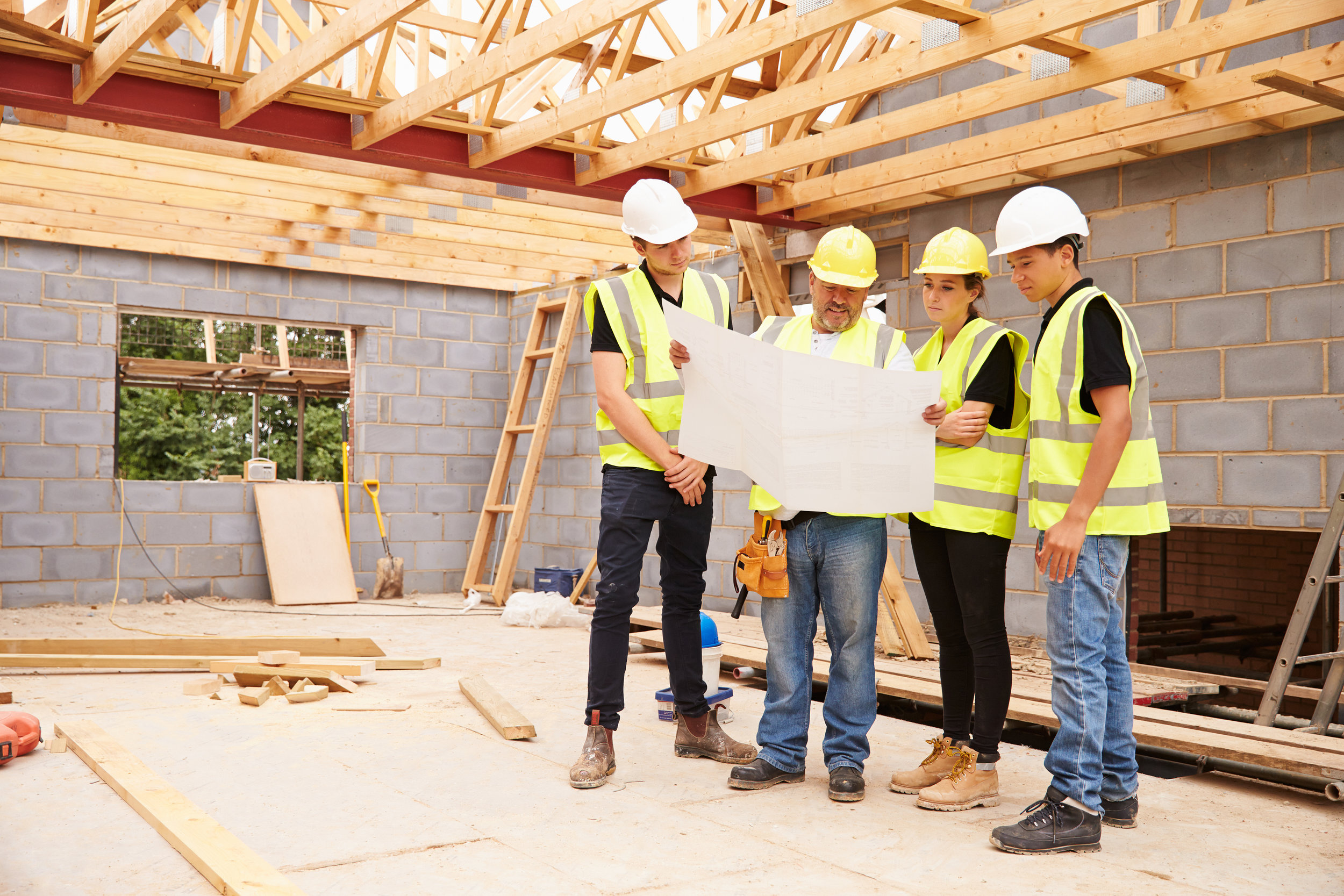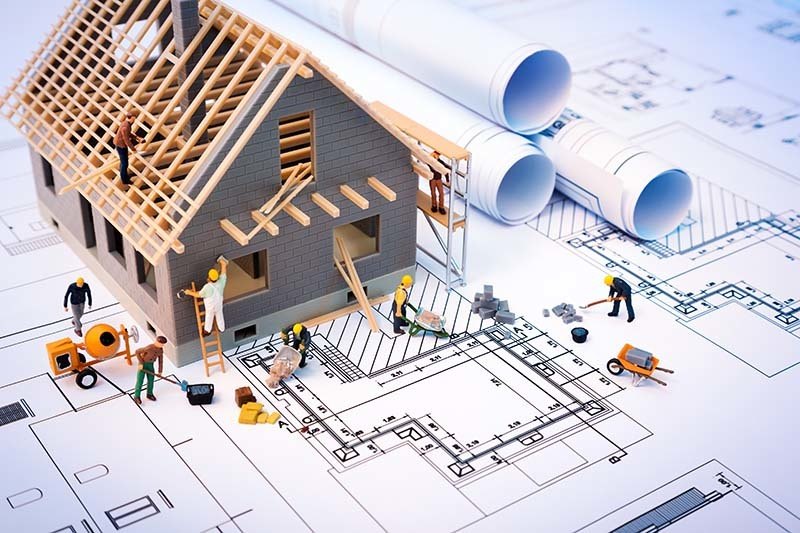Knowledgeable Carmel In Contractor for Interior and Exterior Remodeling Requirements
Knowledgeable Carmel In Contractor for Interior and Exterior Remodeling Requirements
Blog Article
How a General Professional Can Transform Your Typical Locations Into Useful Spaces
The change of typical locations right into practical areas is a nuanced procedure that requires a basic contractor's competence in examining details area needs and developing tailored services. By taking into consideration elements such as format, ease of access, and aesthetic charm, a contractor can create environments that not only serve sensible objectives yet also foster community involvement. Via reliable task monitoring and adherence to high quality standards, these renovations can dramatically enhance customer experience. Yet, the details involved in balancing design and capability elevate essential questions concerning finest practices and possible difficulties that advantage further expedition.
Assessing Current Common Area Requirements
When reviewing common areas, it is necessary to determine and understand the certain needs of the area they offer. This process begins with a thorough assessment of existing usage patterns, which includes gathering data on foot web traffic, optimal usage times, and activities taking location within these areas. Involving with neighborhood participants via meetings or surveys can provide important insights into their preferences and difficulties.
Following, it is very important to consider the demographic composition of the community, including age, lifestyle, and any special needs that may impact exactly how these areas are used. For circumstances, family members with young youngsters might require backyard, while older grownups might focus on access attributes.
In addition, reviewing the existing framework and services is critical. Recognizing areas that are underutilized or in need of repair work can inform potential renovations. Collaborating with stakeholders, such as residential or commercial property supervisors and regional companies, makes sure that the assessment mirrors a thorough understanding of the neighborhood's needs.
Inevitably, a careful evaluation of existing typical location requires lays the groundwork for reliable changes, enabling the production of spaces that cultivate interaction and enhance the overall top quality of life within the neighborhood.
Designing for Performance and Looks
An extensive understanding of area needs establishes the phase for efficient layout that balances capability and aesthetic appeals alike areas. Effective design needs a thoughtful approach that thinks about both the sensible uses the room and the visual charm that boosts the environment.
Practical layout entails producing spaces that deal with the details activities and communications of the area. This may include adaptable seating plans for gatherings, obtainable pathways for individuals with mobility difficulties, or assigned locations for leisure tasks. Each aspect needs to offer a purpose while making sure ease of motion and comfort for customers.
The choice of colors, products, and lights can dramatically influence the understanding of an area. Additionally, lining up the design with the community's social identification can promote a sense of belonging and pride.
Budgeting and Source Appropriation
Reliable budgeting and resource allotment are important components in the effective makeover of typical areas. A well-defined spending plan details the monetary parameters within which the project must run, making certain that prices are managed and sources are efficiently utilized. This starts with an extensive assessment of project demands, consisting of style elements, products, and labor.

A basic service provider plays a critical function in this phase, collaborating with stakeholders to develop sensible budget plan estimates that align with the desired vision. By prioritizing essential attributes and checking out cost-effective choices, the professional can optimize costs without compromising top quality.
Resource allocation involves strategically appointing personnel, tools, and materials to various phases of the task (General Contractor Indiana). This calls for cautious planning to make sure and avoid hold-ups that each element is delivered on time. Additionally, routine monitoring of expenses versus the spending plan aids to identify potential overruns early, allowing for prompt adjustments
Managing Building Process Effectively
Managing the building and construction process efficiently is vital for accomplishing prompt project completion and this website maintaining spending plan stability. A well-coordinated method involves meticulous planning, clear communication, and reliable source monitoring. General contractors should establish a comprehensive project timeline that describes each phase of construction, enabling the recognition of critical milestones and potential traffic jams.
Regular progress conferences are critical for maintaining all stakeholders educated and lined up. These meetings facilitate the prompt resolution of concerns, making sure that the project stays on track. Additionally, making use of task administration software application can improve interaction, track progression, and handle documentation, lowering the probability of hold-ups and misunderstandings.
Effective source allowance is also extremely important. By making sure that products, labor, and equipment are readily available when required, general service providers can protect against expensive interruptions. Carrying out a positive method to take the chance of monitoring more improves performance, as it permits for the recognition and mitigation of potential difficulties before they rise.

Guaranteeing Conformity and Quality Specifications
Conformity and high quality criteria are fundamental to the success of any type of construction job, making certain that the finished rooms not just meet client assumptions but likewise adhere to regulative needs. A basic specialist plays a pivotal function in applying these standards throughout the building check this site out procedure.
First, it is important for the service provider to stay updated on neighborhood building ordinance, safety and security policies, and sector best practices. This expertise enables them to assist layout choices and material choices that align with compliance requirements. Regular evaluations and quality assessments throughout the building and construction stage aid to recognize possible issues early, minimizing pricey hold-ups and remodel.
Moreover, a respectable general contractor cultivates a society of top quality amongst employees and subcontractors. This can be accomplished by supplying training on compliance protocols and carrying out stringent quality assurance procedures. By establishing clear communication channels, the service provider can make certain that every person entailed comprehends their obligations relating to compliance and quality.
Conclusion
In conclusion, the duty of a basic service provider in transforming common locations right into functional rooms is crucial. With an extensive assessment of area requirements, thoughtful design, thorough budgeting, and effective project monitoring, these experts can create settings that improve usability and visual charm. Adherence to compliance and top quality standards even more ensures that revitalized areas not just meet the assumptions of stakeholders but additionally foster involvement and enhance the overall experience for all customers within the area.
The change of typical areas right into practical areas is a nuanced process that over here calls for a basic specialist's know-how in assessing details community needs and designing tailored solutions. By taking into consideration elements such as format, availability, and visual appeal, a contractor can produce settings that not just serve functional objectives but likewise foster area engagement. General specialists have to establish an in-depth task timeline that outlines each phase of building, permitting for the recognition of crucial landmarks and possible bottlenecks.

Report this page